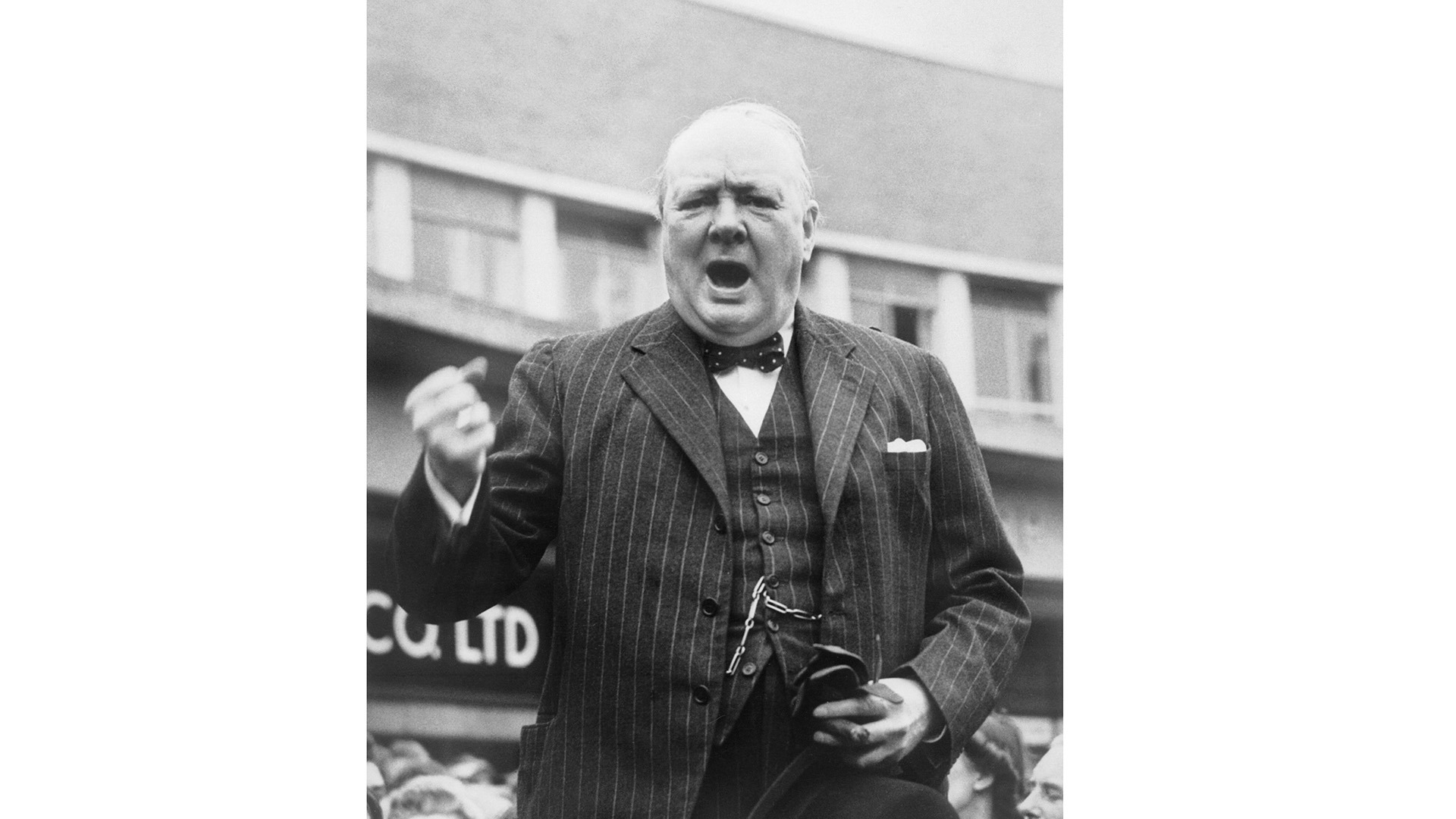The (necessary) Luxury of Honesty and Vulnerability
Professionally, my goal was “work hard until something good happens” for many years. I had the luxury of the world’s best string of bosses. I had no idea how lucky I was to be learning from giants who poured wisdom into me, protected me and told me hard truths that shaped my character. At DARPA … Read more


